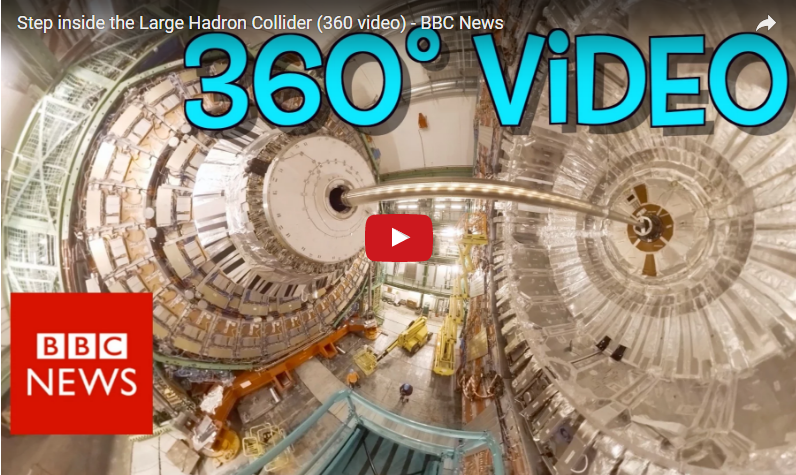Just recently we acquired the Giroptic 360cam to explore the potential of 360 cameras and how they might be used in HE to help enhance the student learning experience. Even within the first week of getting to grips with the camera we had already identified many possibilities in which it could impact and enhance teaching and learning within the institution (covered further on in this post).
So “what are 360 Cameras” I hear you say?
Well, 360 cameras allow you to capture a 4k photo and/or video in a spherical format where a view in every direction is recorded at the same time, shot using an omnidirectional camera or a collection of cameras. During playback the viewer has control of the viewing direction like a panorama, a form of virtual reality. There are a growing number of 360 degree cameras on the market today, here within the LTD team we have the Giroptic 360cam (shown below).

Hosting any 360 media is straight forward, there are many free multi-platform services that let users upload and share any captured images and videos from the 360 camera. One of the biggest highlights for the 360 camera is the announcement that YouTube now supports 360 degree videos. You may have possibly seen some of these already, but did you know there are two different viewing experiences? If you view a 360 video on a laptop or desktop computer you will be able to navigate the scene by clicking and dragging around the video, or by using the directional arrows that are overlaid in the top left-hand corner of the screen. However, if you view a 360 video on your mobile device you will be able to pan your device up, down and all around the video like you would with a virtual reality headset or Google Cardboard.
Take a look at the example below from the BBC. Try viewing it on a laptop as well as on a mobile device to get a feel for how each one works. Once you are done, check out the 360 Video channel on YouTube for more examples.
So how can I use 360 Media in my Teaching & Learning?
If you are interested in using the 360 Camera, here are just a few possible Teaching & Learning scenarios we’ve come up with to help you get thinking about!
Workshops, Coaching & Observations: Using the power of this media could potentially support instructional coaching and teaching as a reflective tool to help analyse performances within an array of situations.
Performing Arts & Sport: Concerts, sports, theatre performances could take on a decidedly different form when the whole event can be viewed in 360 degrees. With the use of a 360 camera within any centre stage while students were performing scenes from a play or taking part in an event. Students could replay their performances in a way that was never previously possible to enhance their learning experience.
Virtual Field Trips: This is perhaps the most obvious example and in many ways it may be one of the most powerful. Using a 360 camera on a field trip could be used in a variety of ways for discussion and evaluation purposes. In terms of accessibility It could also be useful as a tool for students who may not be able to attend field trips because they were absent or because they had a physical disability that prevented them from attending.
How can I get my hands on this Tech?
Feel free to email [email protected] or phone us on Ext 7754 if you are interested using this technology or looking to explore innovation in your area please get in touch with us. We’d be more than happy to answer any questions or just get in touch if you would simply like to know more!
 Mark Wilcock
Mark Wilcock
Learning Technology Development Officer

